Massive steel beams reach toward the sky like industrial coral reefs, while empty factory floors echo with memories of America’s manufacturing might. These abandoned industrial sites, once humming with machinery and workforce energy, now stand as silent monuments to our nation’s evolving economy. Their decay has created an unexpected beauty, drawing photographers and history enthusiasts to document their haunting transformation.
Here are 20 remarkable industrial ruins that tell the story of America’s manufacturing past while creating strangely beautiful modern landscapes.
Bethlehem Steel Plant, Pennsylvania

The rusting blast furnaces of this once-mighty steel empire create a dramatic skyline in Bethlehem’s evening light. Five towering furnaces, dubbed the ‘Five Sisters,’ stand as cathedral-like monuments to American industrial power, their intricate pipework creating mesmerizing patterns against the sky.
The plant’s massive gas-blowing engine house, now preserved as an industrial museum, contains the largest preserved steam-driven blowing engines in the country. Modern visitors can walk elevated walkways through the complex, experiencing the scale of what was once America’s second-largest steel producer.
Packard Automotive Plant, Detroit
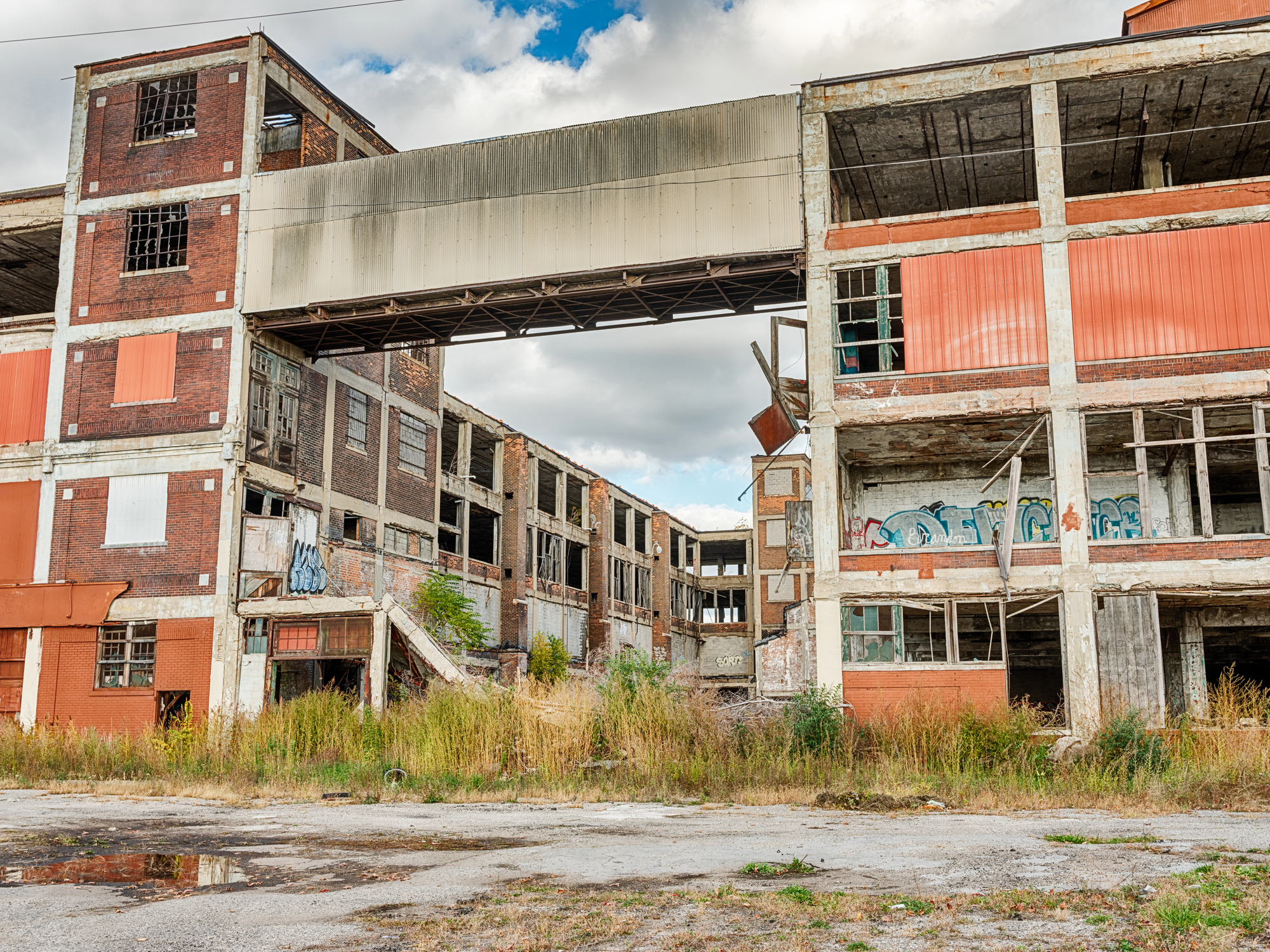
This sprawling 3.5-million-square-foot complex once produced luxury cars in Detroit’s industrial heyday. The Albert Kahn-designed buildings feature innovative concrete construction that has allowed them to survive decades of abandonment, creating vast spaces filled with urban forests and artistic installations.
Massive columns march through empty assembly floors where Packard’s finest automobiles once took shape. The plant’s iconic bridge over East Grand Boulevard stands as a reminder of Detroit’s automotive golden age.
Like Travel Pug’s content? Follow us on MSN.
Carrie Furnaces, Pittsburgh
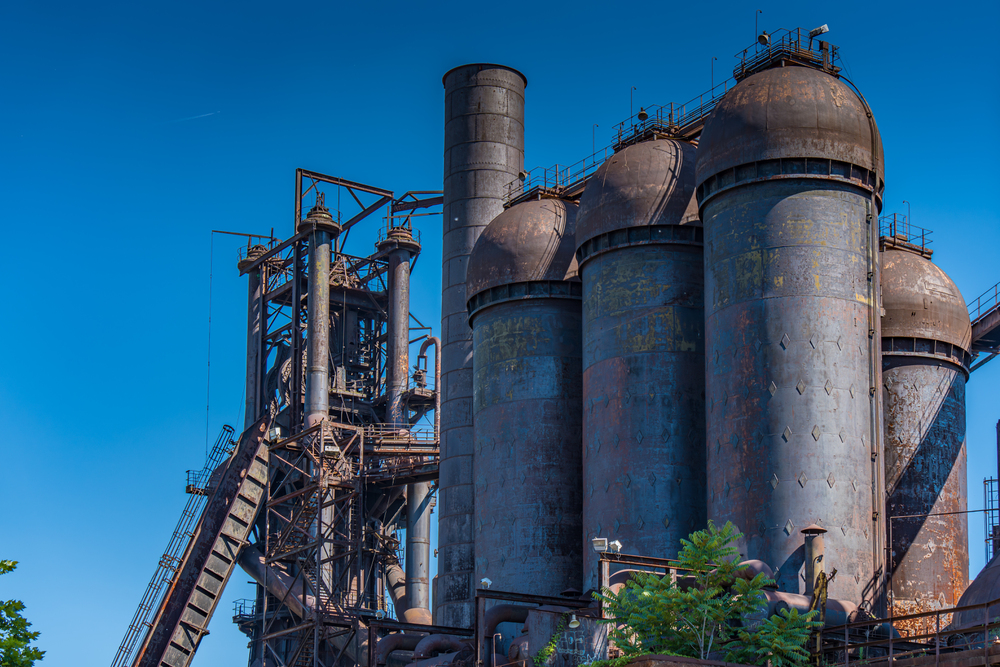
These towering blast furnaces along the Monongahela River represent the last remnants of Pittsburgh’s legendary U.S. Steel Homestead Works. The 92-foot-tall furnaces, which operated from 1907 to 1978, now create otherworldly silhouettes against Pennsylvania skies. Nature has begun reclaiming the site, with trees growing from catwalks and wild grape vines wrapping around massive pipes.
The site’s deer skull-crowned ‘Iron Garden,’ created by industrial workers, adds an artistic element to the industrial ruins.
American Smelting and Refining Company, Montana
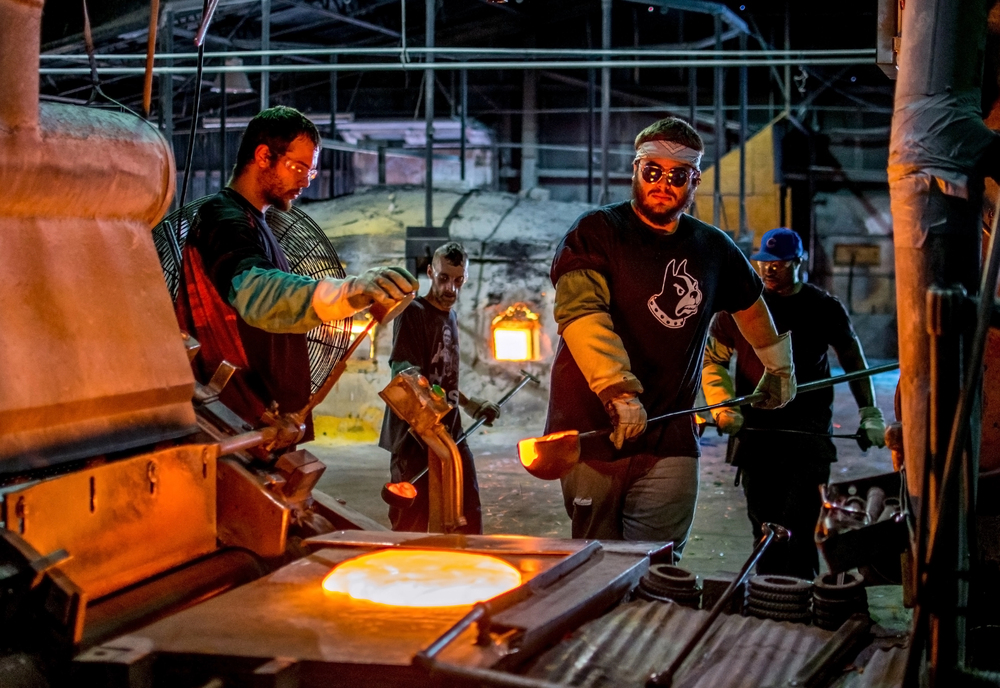
The towering smokestack of this former copper smelting operation stands as the tallest free-standing masonry structure in the world. Surrounding buildings create a maze of industrial archaeology, their weathered brick walls telling stories of Montana’s mining heritage.
The site’s elaborate system of flues and condensing chambers forms a complex industrial landscape unlike anything else in America. Wildlife now inhabits the grounds where thousands of workers once processed copper ore.
Mare Island Naval Shipyard, California
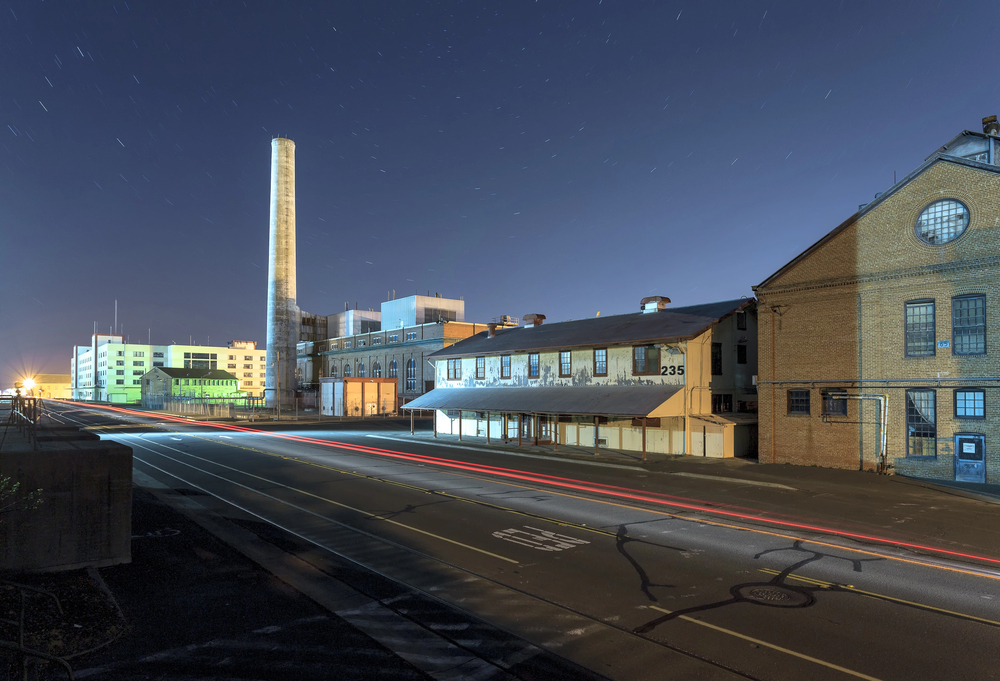
This former naval shipyard’s massive cranes stand like mechanical dinosaurs along the Napa River. The historic dry docks, where ships were built and repaired for over 140 years, create cathedral-like spaces of concrete and steel.
Victorian-era industrial buildings, with their distinctive saw-tooth roofs, line streets that once bustled with shipyard workers. The contrast between decaying industrial infrastructure and encroaching nature creates stunning visual compositions.
Like Travel Pug’s content? Follow us on MSN.
Scranton Lace Company, Pennsylvania

Once the world’s largest producer of Nottingham lace, this sprawling facility contains machinery frozen in time mid-production. The factory’s clock tower still keeps time over empty production floors where intricate lace patterns were once woven.
Massive windows flood the space with dramatic natural light, creating stunning contrasts between machinery and decay. Time cards from the factory’s last day of operation in 2002 remain in their racks, marking the moment this industrial giant fell silent.
Gary Works Steel Mill, Indiana
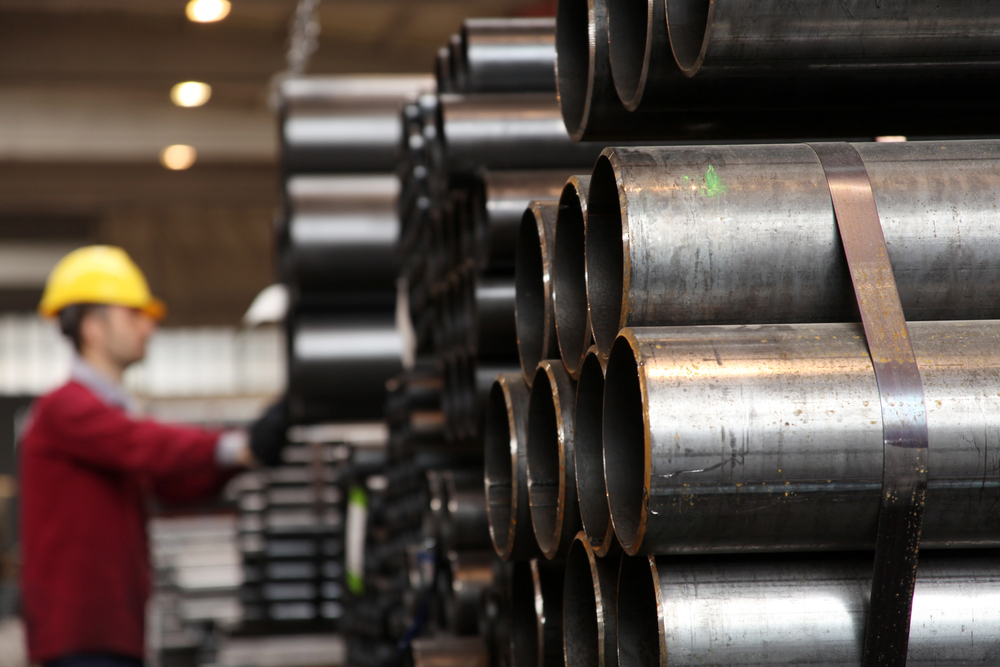
Miles of abandoned rail lines and massive ore unloading docks create an industrial landscape of epic proportions. The mill’s abandoned grain elevators stand like concrete sentinels along Lake Michigan’s shoreline, their weathered surfaces creating abstract patterns.
Massive electrical transformers and switching stations form sculptural installations of industrial decay. The site’s scale demonstrates the enormous infrastructure required by America’s steel industry.
Atlas Coal Mine, Colorado
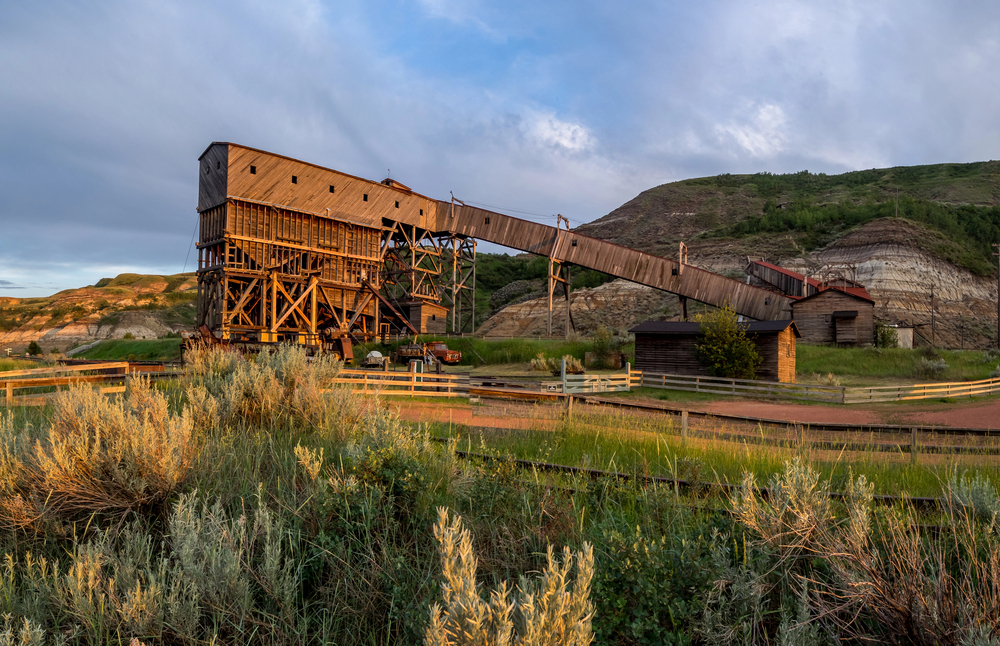
The wooden tipple of this former coal mining operation stretches like a dragon’s spine across the Colorado landscape. The mine’s elaborate system of conveyor belts and sorting screens creates a complex wooden sculpture against mountain backdrops.
Original mining equipment remains frozen in place, creating time capsules of early 20th-century industrial technology. The site’s wooden construction offers a stark contrast to the more common steel and concrete industrial ruins.
Like Travel Pug’s content? Follow us on MSN.
Quincy Smelter, Michigan
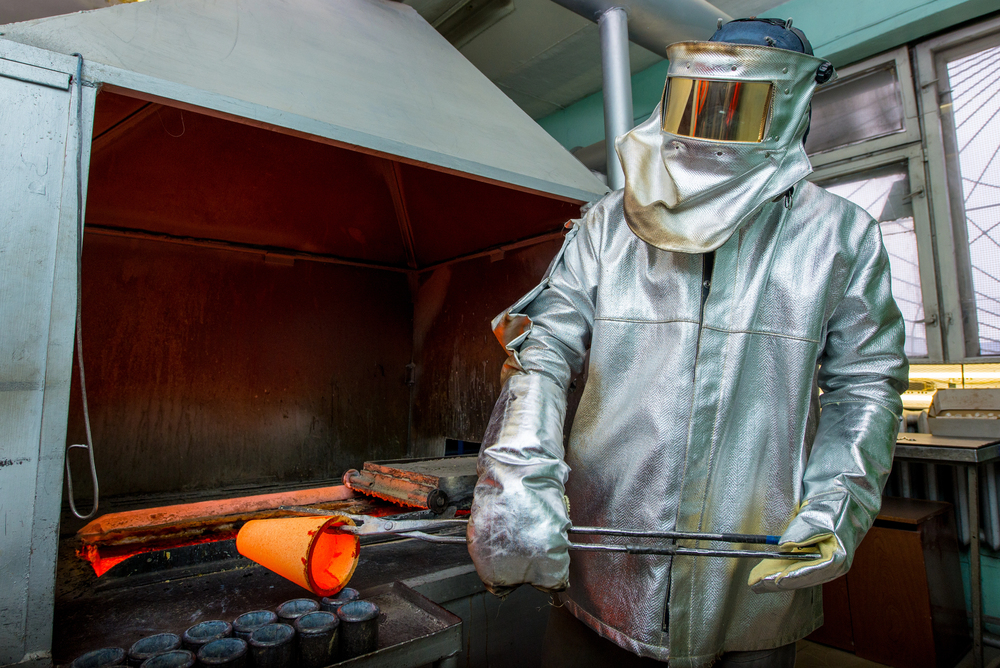
This rare surviving copper smelter complex contains the last standing reverberatory furnace in the United States. The site’s sandstone buildings, constructed from local stone, blend industrial heritage with natural materials.
Elaborate systems of flues and chimneys create geometric patterns against Lake Superior skies. The smelter’s location on a peninsula creates dramatic reflections in the surrounding waters.
Tennessee Copper Company, Copperhill
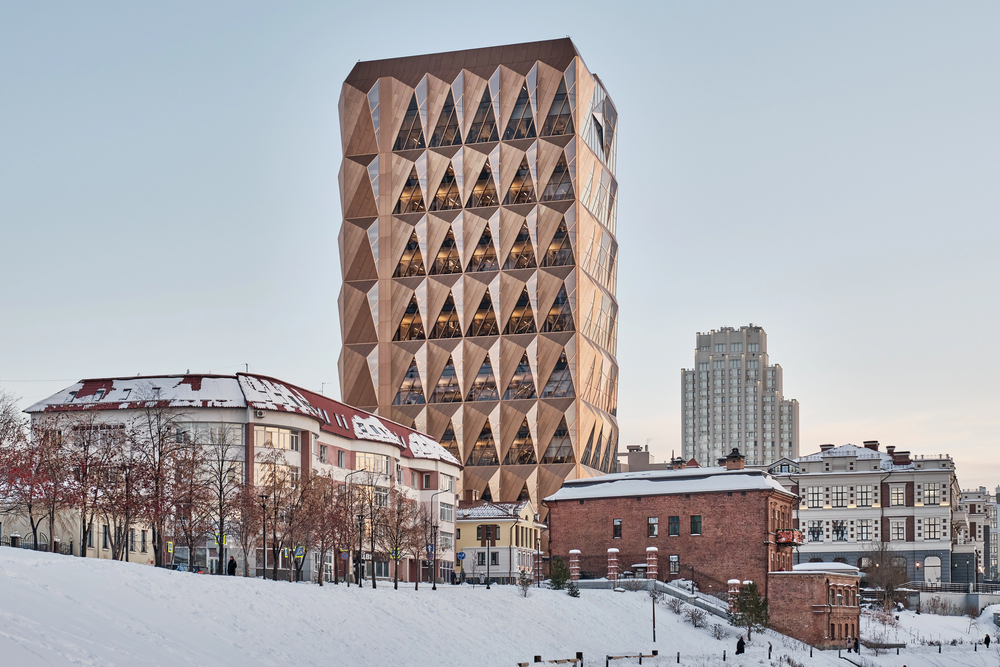
The environmental impact of this copper smelting operation created a lunar landscape that’s hauntingly beautiful in its desolation. Acid rain from decades of operations stripped surrounding hills bare, creating red clay formations that resemble alien terrain.
Abandoned processing buildings create stark geometric forms against this unusual landscape. Recent restoration efforts have allowed some vegetation to return, creating striking contrasts with the industrial ruins.
Ford Highland Park Plant, Michigan

This birthplace of the moving assembly line sits quietly in Detroit; its innovative design is still visible through years of neglect. The Albert Kahn-designed buildings feature early examples of industrial architectural innovation, with vast windows and open floor plans.
Original conveyor track marks can still be seen in the concrete floors where Model T’s once rolled through production. The plant’s water tower stands as a landmark of American industrial innovation.
Like Travel Pug’s content? Follow us on MSN.
Sloss Furnaces, Alabama
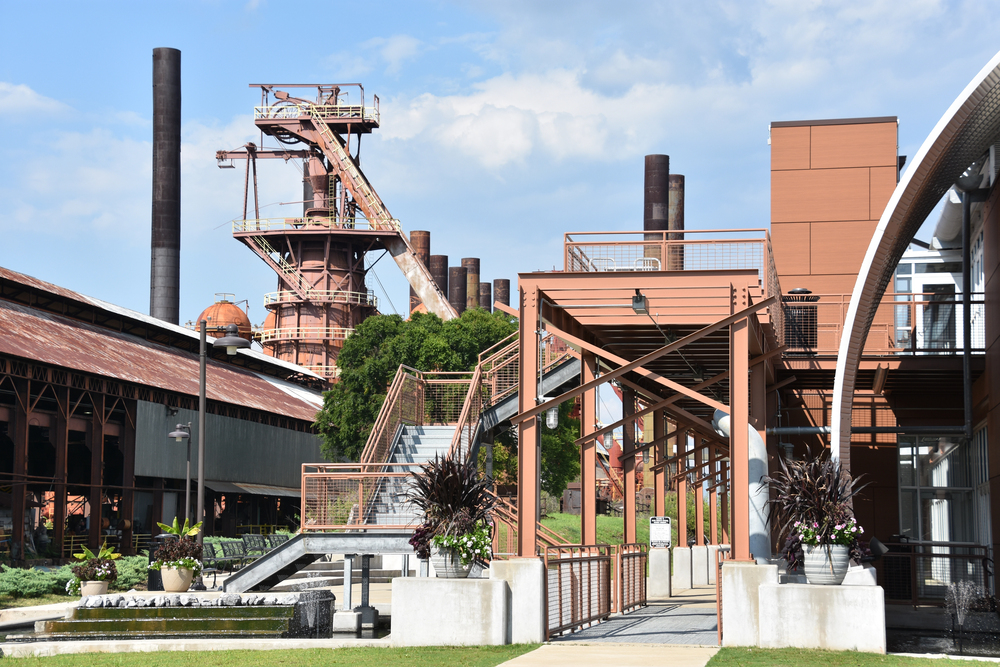
These preserved blast furnaces in Birmingham create a gothic, industrial cathedral of pipes, towers, and catwalks. The site’s elaborate system of hot blast stoves and blowing engine houses forms a complex maze of industrial archaeology.
Modern lighting installations transform the furnaces at night, creating spectacular displays of shadow and steel. The furnaces’ preservation allows visitors to experience the scale of early 20th-century iron production.
Hudson River Cement Company, New York
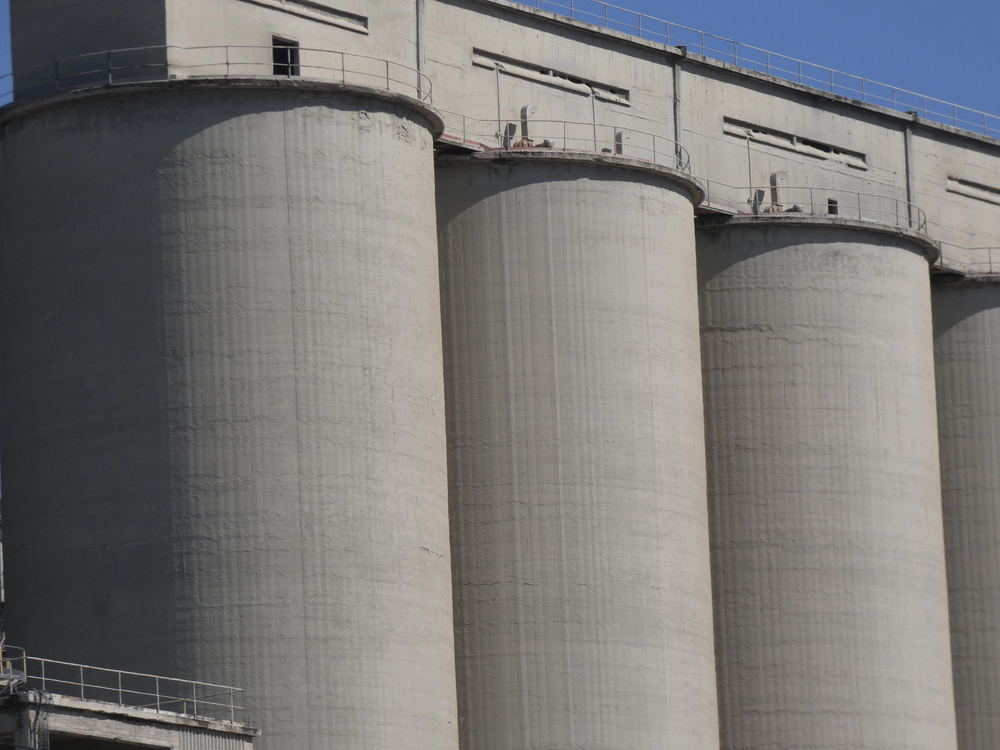
Massive cement kilns create sculptural forms along the Hudson River, their cylindrical shapes resembling abstract art installations. The plant’s system of conveyor galleries creates elevated walkways through a complex industrial landscape.
Original cement storage silos stand like modern-day grain elevators along the river’s edge. The contrast between industrial ruins and the natural beauty of the Hudson River Valley creates stunning photographic opportunities.
Bannack State Park Ghost Town, Montana
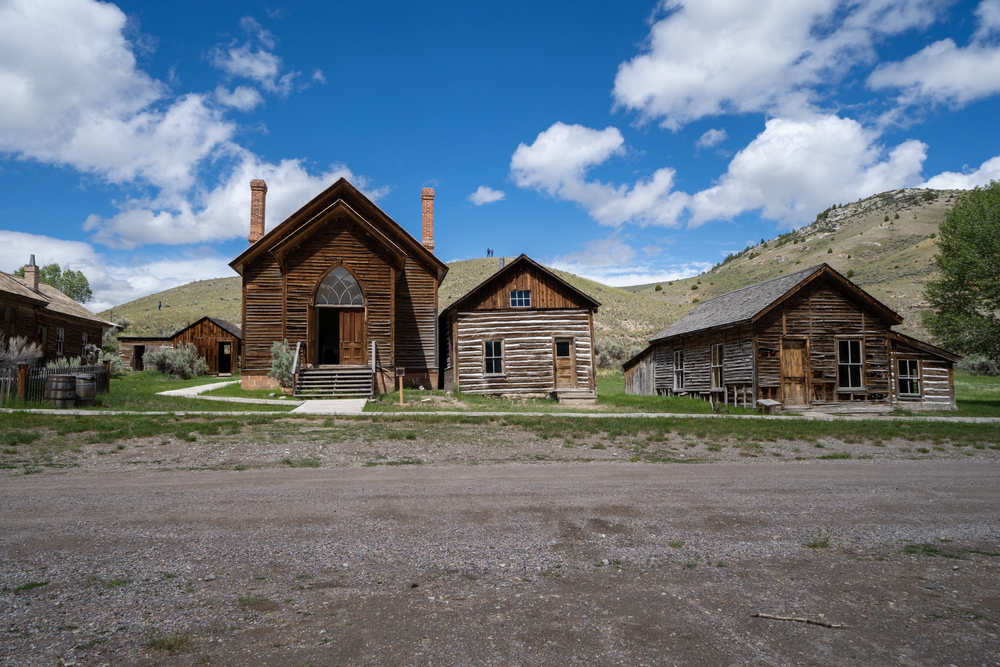
This gold-mining ghost town’s stamp mill creates a cascading wooden structure down a mountainside. The mill’s complex system of ore crushers and sorting equipment remains largely intact, frozen in time.
Original water power systems demonstrate early industrial innovation in remote locations. The site’s remote location has helped preserve its industrial artifacts in remarkable condition.
Like Travel Pug’s content? Follow us on MSN.
Carrie Furnaces, Pennsylvania
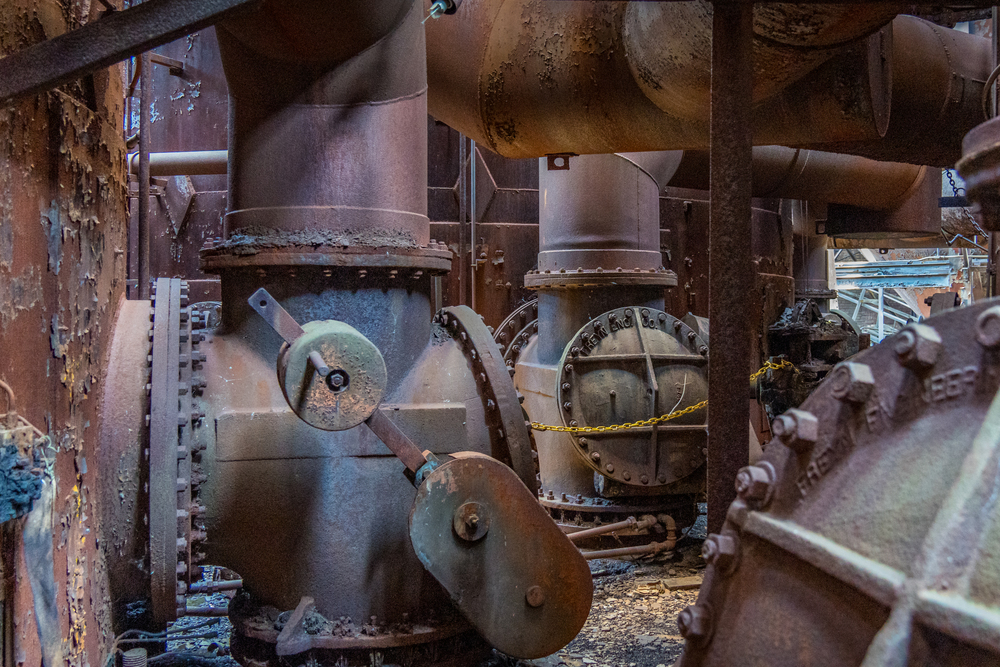
The towering bulk of these abandoned blast furnaces creates dramatic silhouettes against Pittsburgh skies. Elaborate systems of pipes and catwalks form intricate patterns throughout the site.
The furnaces’ scale demonstrates the massive infrastructure required for steel production. Modern art installations contrast with industrial decay throughout the complex.
Lorraine Steel Mill, Pennsylvania
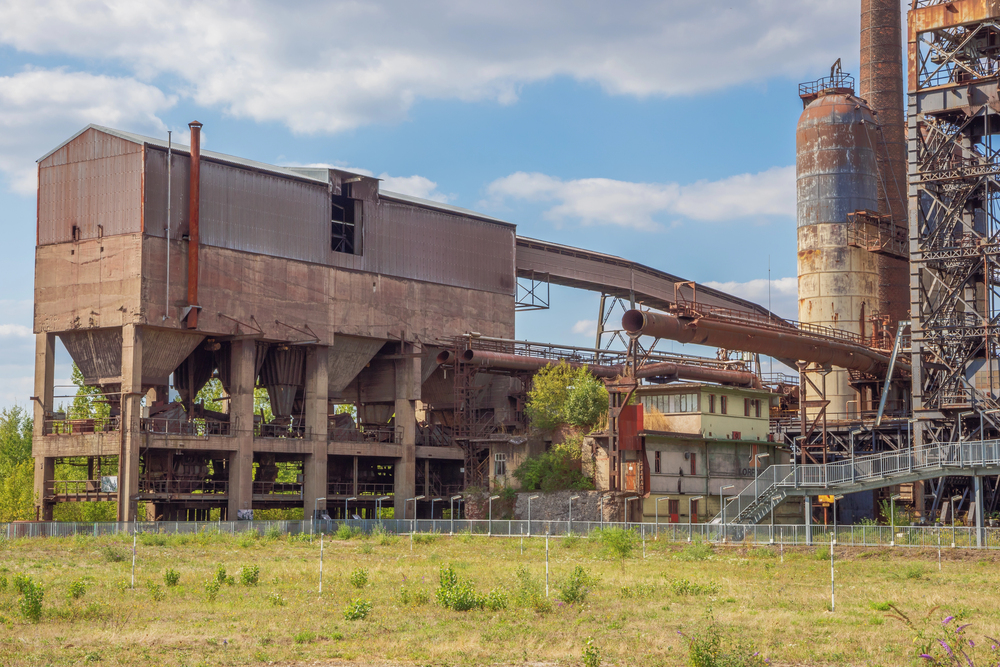
Miles of abandoned railroad tracks create leading lines through this massive steel complex. The mill’s power plant remains largely intact, and its Art Deco details are visible through years of decay.
Massive overhead cranes still span empty production bays, creating dramatic industrial spaces. The site’s location along the Monongahela River creates stunning reflections of industrial ruins.
Kennecott Copper Mine, Alaska
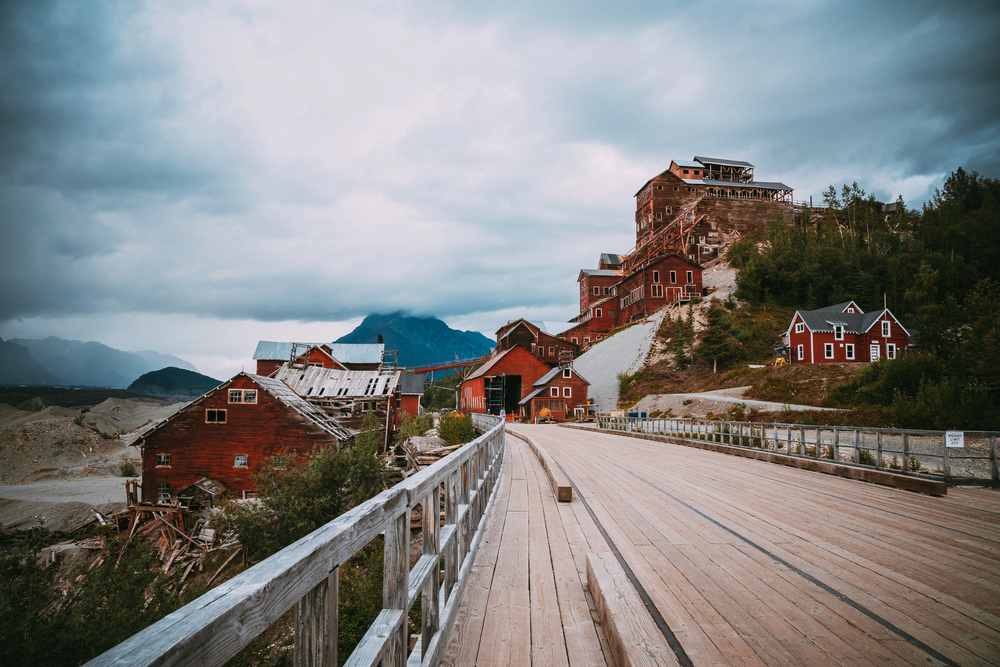
This remote copper mining complex stands as a remarkably preserved example of early 20th-century industrial architecture. The mill’s fourteen stories of wooden construction step down a mountainside, creating a unique industrial cascade.
Original ore processing equipment remains in place throughout the complex, allowing visitors to understand the complete mining process. The site’s dramatic location in the Alaskan wilderness adds to its haunting beauty.
Like Travel Pug’s content? Follow us on MSN.
St. Nicholas Coal Breaker, Pennsylvania
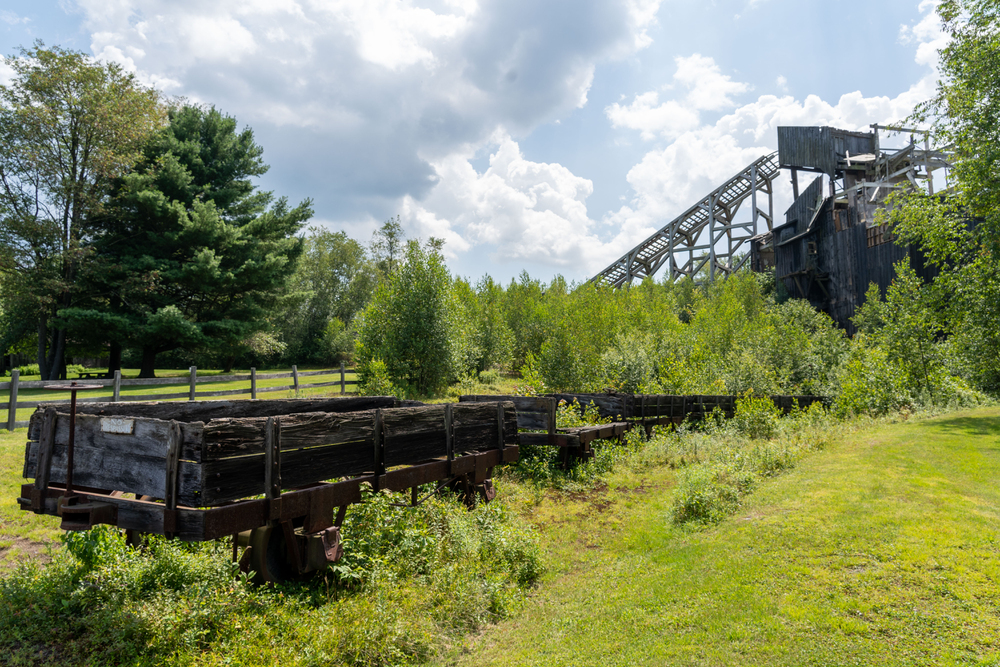
This massive anthracite coal processing plant creates a castle-like silhouette in Pennsylvania’s coal region. The breaker’s complex system of coal sorting equipment forms fascinating geometric patterns throughout the structure.
Original spiral coal separators create artistic installations of industrial technology. The site’s scale demonstrates the enormous infrastructure required by America’s coal industry.
Armour Meat Packing Plant, Illinois
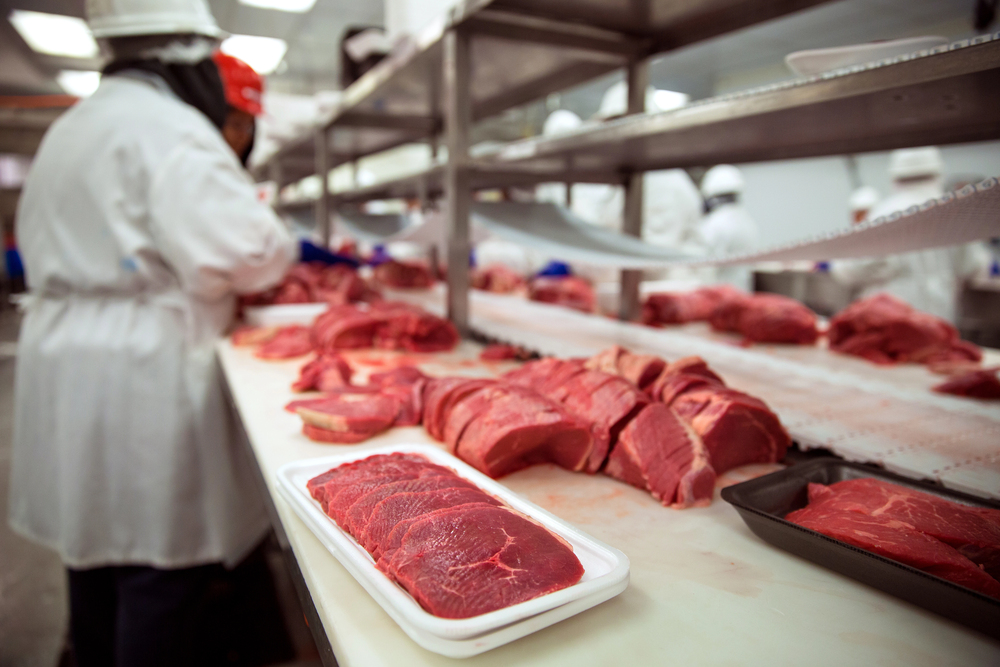
These massive brick buildings once housed one of Chicago’s largest meat-packing operations. The plant’s elaborate system of overhead rails still traces the path of production through empty processing floors.
Victorian-era architectural details remain visible on exterior walls, combining industrial function with period style. The complex’s location in Chicago’s former ‘Packingtown’ adds historical context to its current state.
DuPont Powder Mills, Delaware

These early gunpowder mills along the Brandywine River combine industrial heritage with natural beauty. The mills’ stone construction reflects early American industrial architecture, with thick walls designed to direct accidental explosions upward.
Water power systems remain visible throughout the complex, demonstrating early industrial power generation. The site’s park-like setting creates striking contrasts with its industrial purpose.
Like Travel Pug’s content? Follow us on MSN.
Legacy of Industry

These abandoned industrial sites represent more than just decaying infrastructure – they’re physical links to America’s manufacturing heritage. Their current state of beautiful decay creates unique opportunities to appreciate both their historical significance and their unexpected artistic value.
As nature slowly reclaims these spaces, they create new landscapes that tell stories of American innovation, industrial might, and economic transformation. These sites remind us that beauty can be found in unexpected places, even as they preserve important chapters of our industrial history.
More from Travel Pug

- 15 Dangerous European Cities to Avoid
- 15 Caribbean Islands Where Tourists Keep Getting Scammed
- The 20 Most Fascinating Abandoned Places: A Journey Through Time and Forgotten Spaces
- 15 Hidden Places in the Smithsonian Museums Locals Love: A Guide to Lesser-Known Treasures
- 16 Hidden Florida Beach Towns That Aren’t Overrun with Tourists
Like Travel Pug’s content? Follow us on MSN.
